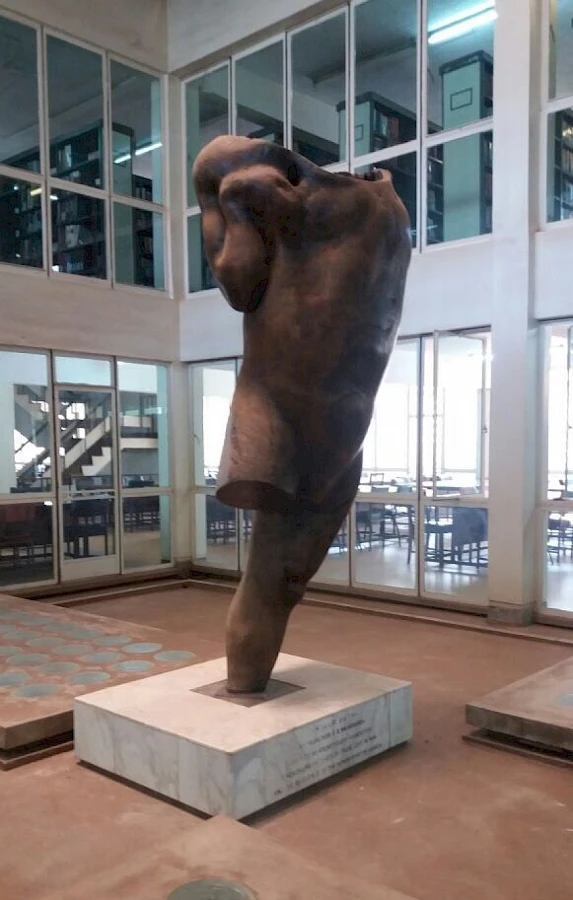
Francis Nnaggenda, War Victim, 1982-1986, hardwood. On permanent display at Makerere University Library, Kampala. Collection Rockefeller Foundation.
Modern art in the region of East and in Uganda in particular is unthinkable without the contribution of the Makerere Art School. The Makerere Art School itself is also unthinkable without the pioneering work of Mrs. Margaret Trowell, a visionary cultural broker who stimulated creativity along ideas of an esthetic modernity leading to the founding of the Makerere Art School in 1937. Given that it was the only centre in Africa where art education at a higher level could be pursued, Makerere Art School therefore is of more than local significance. Art collectors have continued to flock to Makerere where they have been able to purchase works of art whose content has expressed the different social and political changes Uganda and the region as a whole have been through.
In the project African Art History and the Formation of a Modern Aesthetic, I am examining and documenting the rich art collection of Jochen Schneider, a German collector, paying attention to his collecting strategy, which he carried out from the 1970s to the time of his death in the late 1990s. Mr. Schneider was a close friend and promoter of the Makerere Art School and a good percentage of his collection, which has been acquired by the Weltkulturen Museum in Frankfurt, Germany, came from there. Alongside the task of documenting the Schneider collection, I am building a story about the trends in modern art in Uganda. Uganda's modern art is still a young subject. Luckily, some of the early Trowell students are still alive and I have been able to hold conversations with them. Not every prominent Ugandan artist went to Makerere however though. Francis Nnaggenda, for example, whom Schneider collected extensively, studied in Freiburg, Germany in the 1960s. His approach to art making which he shared with Makerere students when he started teaching there in the 1978 still remains distinct. He scavenged found materials which included metal scrap, glass, textiles, etc. and created assemblages that he sometimes animated with bright colors.
Like anywhere else in Africa, Uganda's modern and contemporary art has been a result of negotiations and entanglements between the local and regional, continental and international. As such, while retaining local traits, Uganda's modern and contemporary art is an integral part of the larger picture of African Art and beyond. Traditions inherited from the past have provided visual resources to a diverse array of artists and within these, innovations have been possible. It is worth noting that innovations happened in the pre-industrial African social and technological environment and these innovations changed and continue to change as they come into contact with Western and other cultures. The resulting products of paintings, prints, sculptures, ceramics, fashion, etc. are brilliant, varied and moving.
The start of the new millennium is particularly important for Uganda's art trajectory. It is during this time that artists in Uganda have been more than ever before exposed to world trends in art. Through domestication of what they have seen elsewhere, they have created new versions of Ugandan art. Political and economic stability, which has been secured only after the civil war in 1986 has nurtured a burgeoning domestic art market; a market which is itself not without challenges. The private sector, charities, embassies, government departments and the church have returned to support artists, continuing where art promoters like Mr. Schneider left. Educative and interactive, public art is now part of public life.
George Kyeyune is Senior Researcher within the project African Art History and the Formation of a Modern Aesthetic, Director of the Institute of Heritage and Restoration and Professor of Art and Art History at Makerere University, Kampala.
Further information: https://coamowebcom.wordpress.com/ (Viewed on 29 April 2025)
Related contributions and publications
-
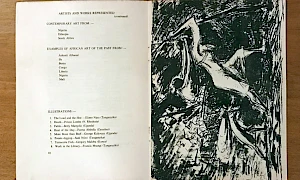
Manifestations of Modernisms – Some thoughts on the histories of exhibitions in the Ugandan context
African Art History and the Formation of a Modern Aesthetic -
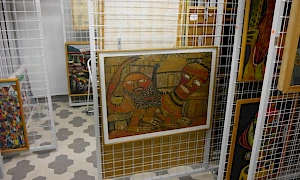
The Nigerian artist Twins Seven Seven in the Iwalewahaus collection
African Art History and the Formation of a Modern Aesthetic -
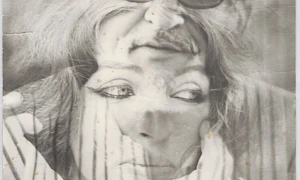
A Place of Belonging – The 'Phantasy Africa' within the Archive of the European Art Patrons Ulli and Georgina Beier
African Art History and the Formation of a Modern Aesthetic -
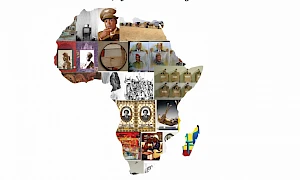
Africa's 1980s: The Intersection of Art, Politics, Economics, and the Social
African Art History and the Formation of a Modern Aesthetic -
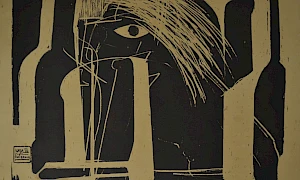
(Dis-)plays of Modern Art
African Art History and the Formation of a Modern Aesthetic